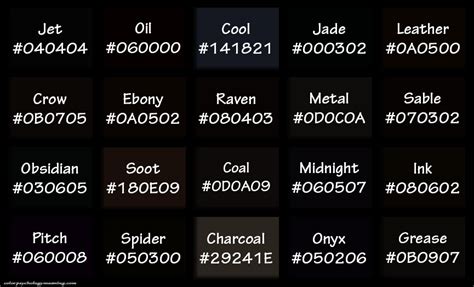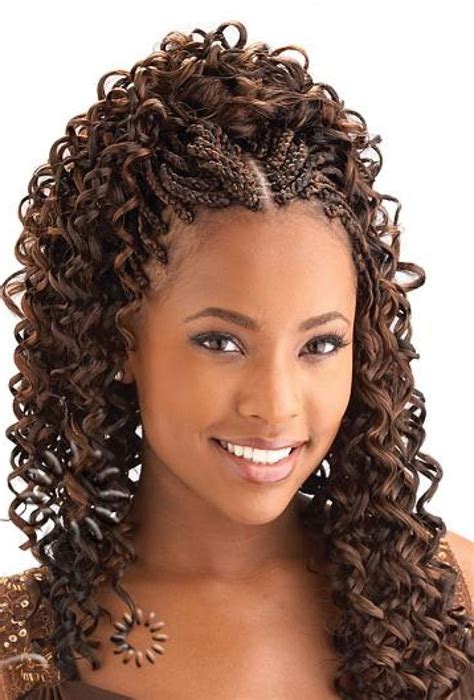Introduction
Braids, an intricate and versatile form of hair styling, have adorned human heads for centuries. Human hair braids, crafted from natural hair strands, elevate this artistry to new heights, offering a plethora of options and benefits. This comprehensive guide delves into the world of human hair braids, empowering you with knowledge to explore their endless possibilities.

History and Cultural Significance
Braids have a rich history, tracing their origins back to ancient civilizations. In various cultures, they have held social and spiritual significance, serving as symbols of identity, status, and spirituality. Today, braids continue to grace heads worldwide, embodying both cultural heritage and personal style.
Types of Human Hair Braids
The range of human hair braids is vast, catering to diverse preferences and aesthetics. Some popular types include:
- Box Braids: Square-shaped braids, often adorned with colorful extensions.
- Cornrows: Raised, close-to-the-scalp braids that protect natural hair from breakage.
- Dreadlocks: A unique form of braids where strands are twisted and locked together, creating a distinctive texture.
- French Braids: Intricate, three-strand braids that can be styled in various patterns.
- Fishtail Braids: A complex and visually striking braid that resembles a fishtail.
- Waterfall Braids: A cascading braid that falls gracefully over the shoulders.
Benefits of Human Hair Braids
Protective: Human hair braids effectively shield natural hair from damage caused by heat styling, brushing, and environmental stressors.
Versatile: With their diverse styles and colors, braids allow for limitless customization, complementing any outfit or occasion.
Low Maintenance: Braids offer a break from daily hair care routines, requiring minimal styling and maintenance.
Growth Promotion: By reducing manipulation and preventing breakage, braids create an ideal environment for natural hair growth.
Cultural Expression: Braids serve as a canvas for creative expression, embodying cultural heritage and personal style.
How to Braid Human Hair Step-by-Step
Basic Box Braid:
- Part hair into small, equal sections.
- Separate a three-strand section from one section and braid using an overhand pattern.
- As you braid, gradually add hair from the adjacent sections.
- Secure the braids with rubber bands or thread.
French Braid:
- Section off a portion of hair from the crown.
- Divide into three equal strands.
- Cross the right strand over the middle strand.
- Add a small section of hair from the left side to the right strand and cross it over the middle strand.
- Repeat steps 3-4, alternating sides, and incorporating hair from the sides.
- Continue braiding until the end of the hair and secure.
Care and Maintenance for Human Hair Braids
Washing:
- Wash braids every 2-3 weeks with a gentle shampoo and conditioner.
- Avoid hot water, which can damage or loosen the braids.
- Rinse thoroughly and apply a leave-in conditioner to keep braids hydrated.
Moisturizing:
- Apply a moisturizing lotion or oil to braids daily to prevent dryness and breakage.
- Focus on the roots and ends, where moisture loss is most significant.
Styling:
- Avoid using excessive heat on braids, as it can weaken or damage them.
- If necessary, use a low-heat setting and a heat protectant spray.
- Protect braids from friction by wearing a satin bonnet or sleeping on a silk pillowcase.
Troubleshooting Common Issues
Hair Loss: If braids are too tight, they can cause tension on the scalp and lead to hair loss. Consult a hairstylist for proper braid tension.
Scalp Irritation: Tight braids can also irritate the scalp, causing redness and inflammation. Massage the scalp gently and apply a soothing lotion.
Breakage: Excessive manipulation or brushing can damage braids. Handle them with care and avoid pulling or combing too vigorously.
Innovative Applications
Halo Braid: A halo-shaped braid that sits on the crown of the head, adding volume and elevation.
Ribbon Braid: A braid adorned with interwoven ribbons, creating a unique and eye-catching embellishment.
Multi-Tone Braid: A braid incorporating multiple hair colors, resulting in a vibrant and gradient effect.
Braided Bangs: A modern twist on bangs, braided and styled to frame the face.
Market Size and Trends
According to Statista, the global hair braiding market was valued at $3.1 billion in 2020 and is projected to reach $5.2 billion by 2025. This growth is attributed to the increasing demand for protective and versatile hairstyles, as well as the rise of natural hair care trends.
Conclusion
Human hair braids are a versatile and expressive form of hair artistry. They offer a plethora of protective, aesthetic, and cultural benefits. With proper care and maintenance, braids can enhance your hair’s health, elevate your style, and empower you with creative expression. Embark on this braiding journey and unlock the limitless possibilities of human hair braids.
Tables
Table 1: Types of Human Hair Braids
| Type | Characteristics |
|---|---|
| Box Braids | Square-shaped, often adorned with extensions |
| Cornrows | Raised, close-to-the-scalp braids |
| Dreadlocks | Twisted and locked strands, creating a distinctive texture |
| French Braids | Intricate, three-strand braids in various patterns |
| Fishtail Braids | Complex braid resembling a fishtail |
| Waterfall Braids | Cascading braid that falls over the shoulders |
Table 2: Benefits of Human Hair Braids
| Benefit | Description |
|---|---|
| Protective | Shields natural hair from damage |
| Versatile | Limitless customization options |
| Low Maintenance | Minimal styling and maintenance required |
| Growth Promotion | Reduces manipulation and breakage, promotes growth |
| Cultural Expression | Embodies cultural heritage and personal style |
Table 3: Troubleshooting Common Issues with Human Hair Braids
| Issue | Cause | Solution |
|---|---|---|
| Hair Loss | Tight braids | Consult a hairstylist for proper braid tension |
| Scalp Irritation | Tight braids | Massage scalp gently, apply soothing lotion |
| Breakage | Excessive manipulation | Handle braids with care, avoid vigorous brushing |
Table 4: Innovative Applications of Human Hair Braids
| Application | Description |
|---|---|
| Halo Braid | Braid shaped like a halo on the crown |
| Ribbon Braid | Braid adorned with interwoven ribbons |
| Multi-Tone Braid | Braid incorporating multiple hair colors |
| Braided Bangs | Bangs braided and styled to frame the face |
